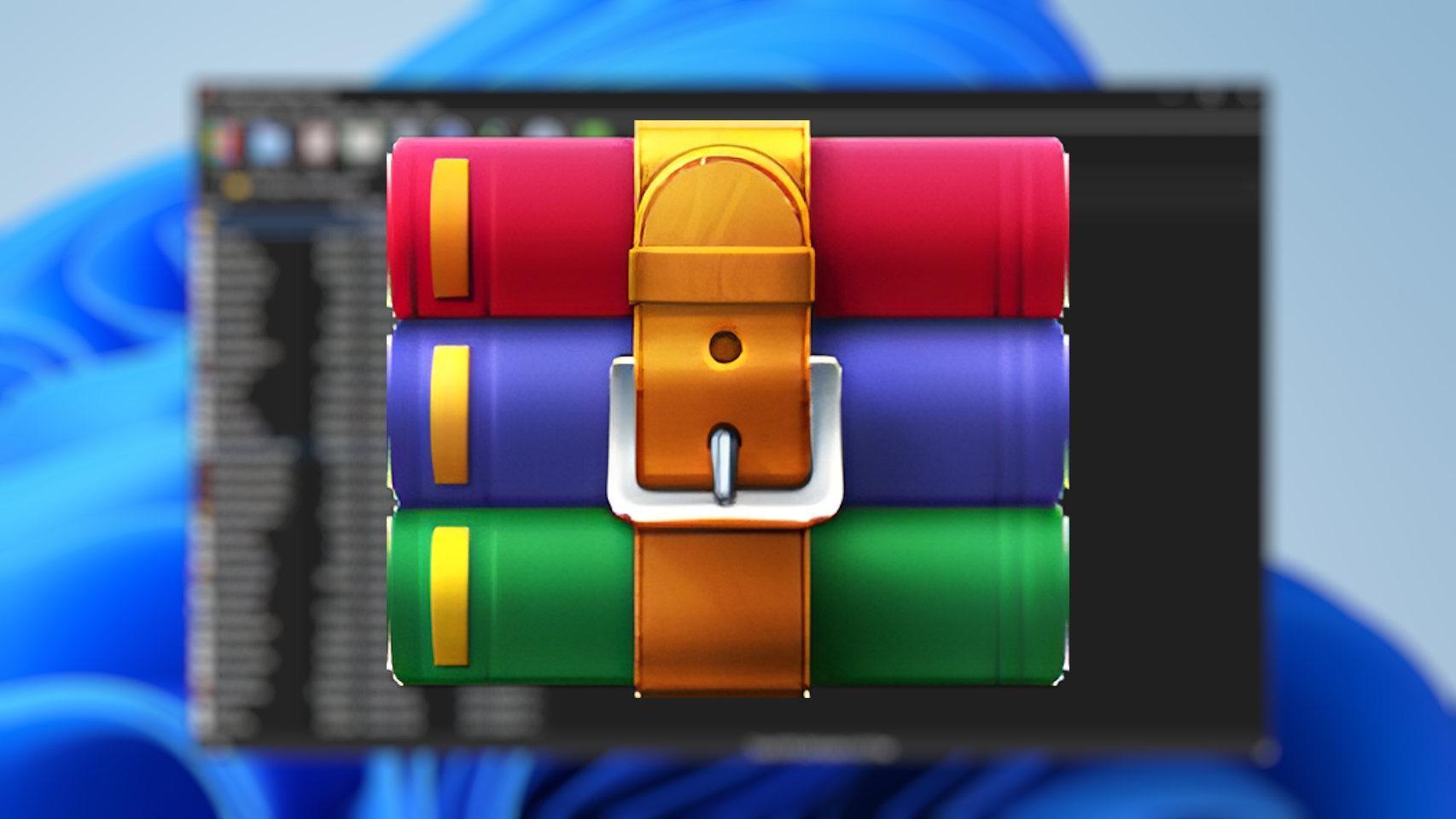The ace Android updates using A/B partitions they exist since Nougat and have been improved in successive updates, although until now their implementation was a recommendation and not an obligation. That seems to be about to change.
The Android 13 Compatibility Definition Document (CDD) still lists its implementation as optional, but VTS testing indicates that it will be required for a device to receive GMS Android 13 certification. In practice, this means that mobiles with Android 13 must support non-disruptive updateswith A/B partitions.
A/B partitioned updates for “everyone”
Traditionally, when we updated our Android, the OTA was downloaded, the mobile was restarted and all the necessary changes were applied before we could use the mobile again, which left our mobile out of the game for a few minutes. That’s when Google came out of its sleeve A/B partitions
This is a technically very complex question, but the essence is simple. Mobiles that support this type of update have duplicate system partitions (one A and the other B, hence the name), so that when updating the system, the changes are made to the inactive partition and we can continue to use the mobile as if nothing is wrong ‘was. After finishing, with a restart, the system changes the partitions: the inactive one becomes active and vice versa.
This has the advantage that the mobile is inactive for much less time -what it takes to restart- and also in the event of a faulty OTA, you can roll back to the previous version
But it also has a downside: duplicate partitions mean less space available to users, and that is why even today some manufacturers do not support this type of update, such as Samsung. You can check if this is the case with free apps like Treble Check or Treble Info.

Treble Check and Treble Info, two applications to check if your phone supports updates in the background, without interruption
Google has tackled this problem for the past few years using dynamic partitioning and compression, which reduces the space needed for these mirrored partitions, but these innovations do not seem to have been enough to convince the latecomers. Now everything indicates that it will start to be mandatory from Android 13.
Indications in the tests needed to pass the certification needed to include Google services indicate that they will need to include support for A/B updates and updates with A/B virtual partitions, making it a de facto requirement. At least, for those who want to include Google services on their mobiles. Whether Samsung finally decides to jump on the bandwagon or clings to technical details to keep delaying the implementation will have to be seen.
Through | Wait








